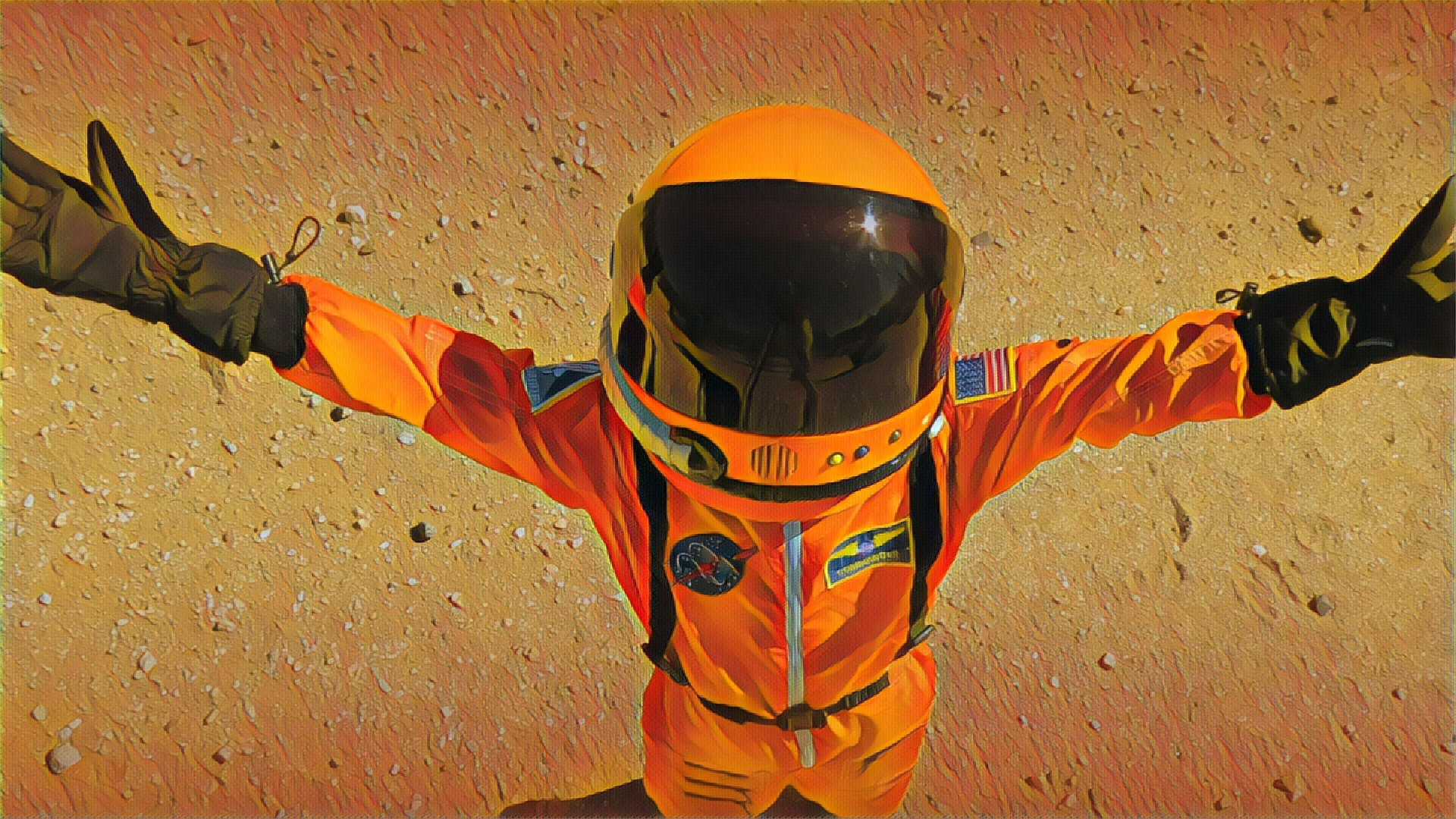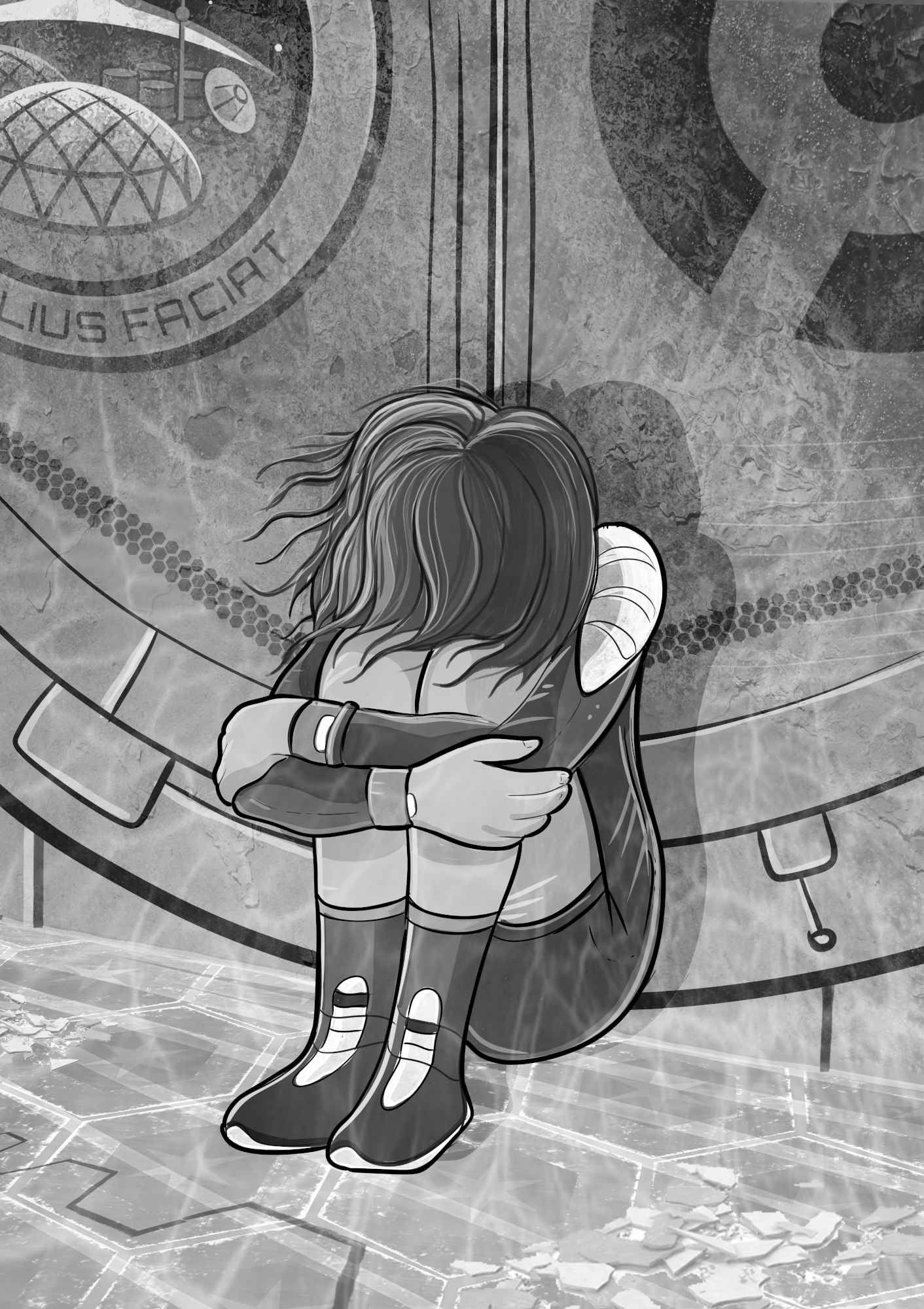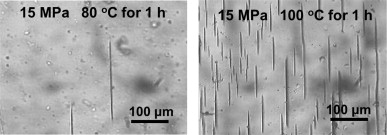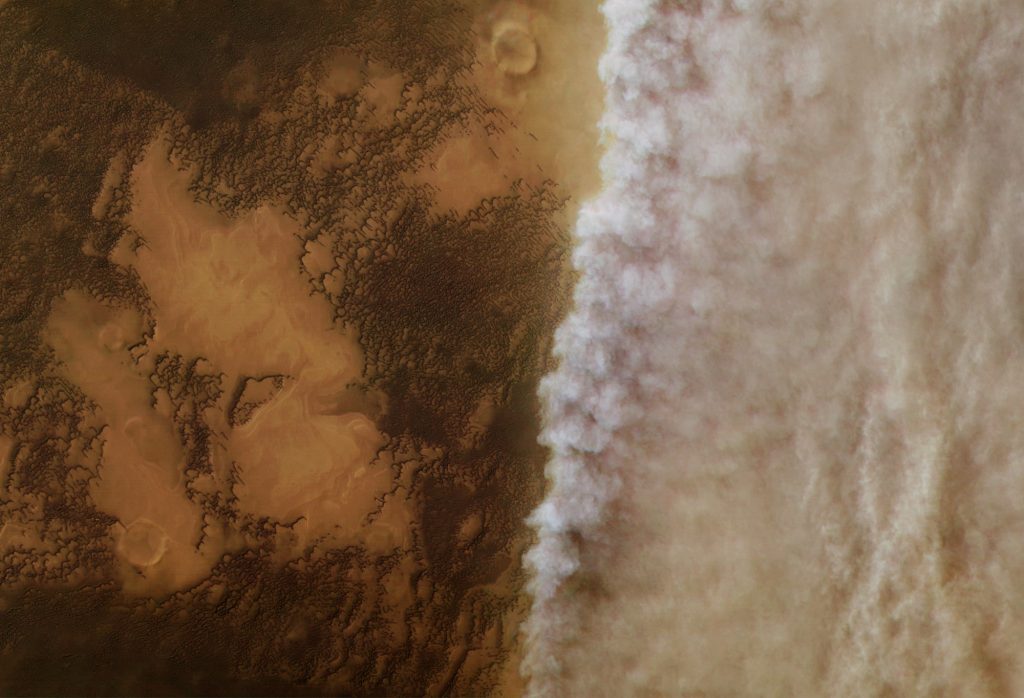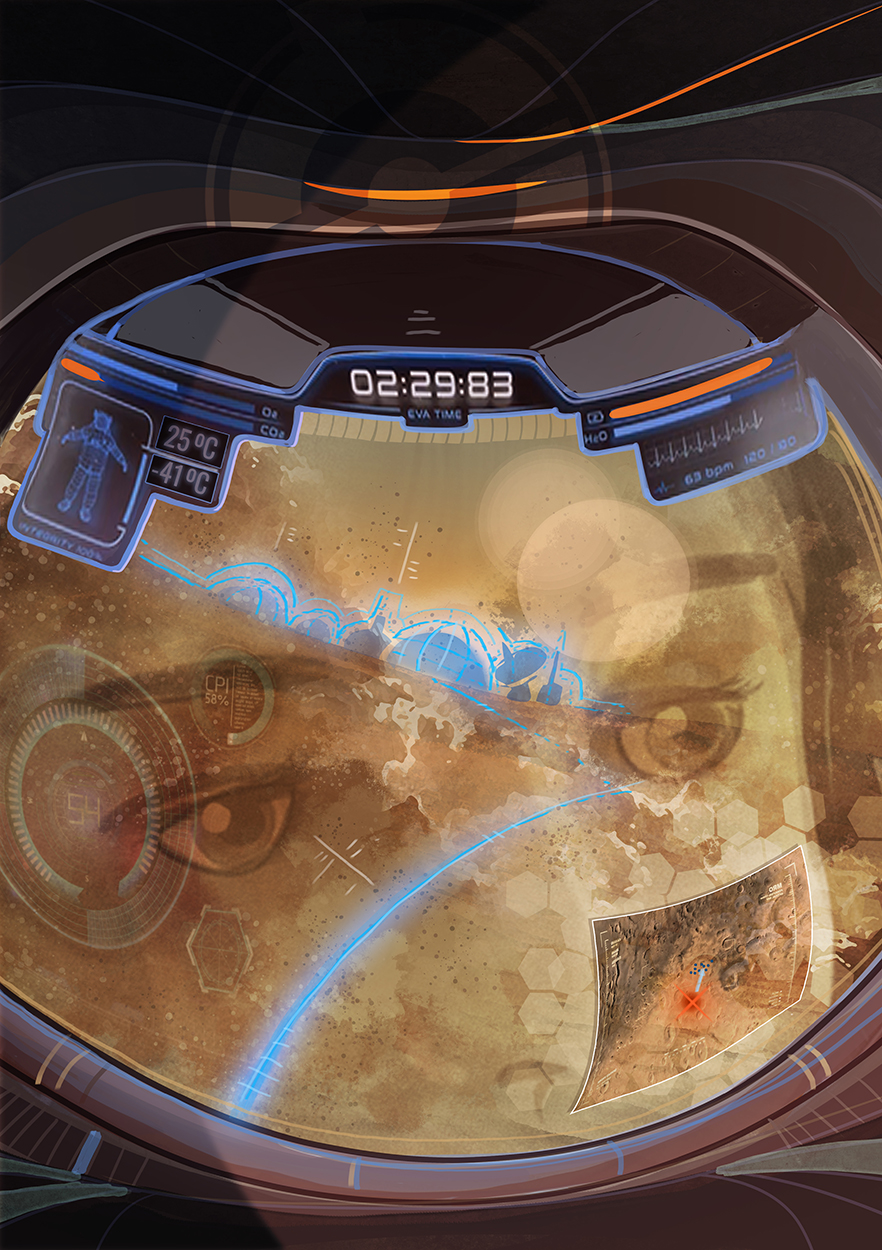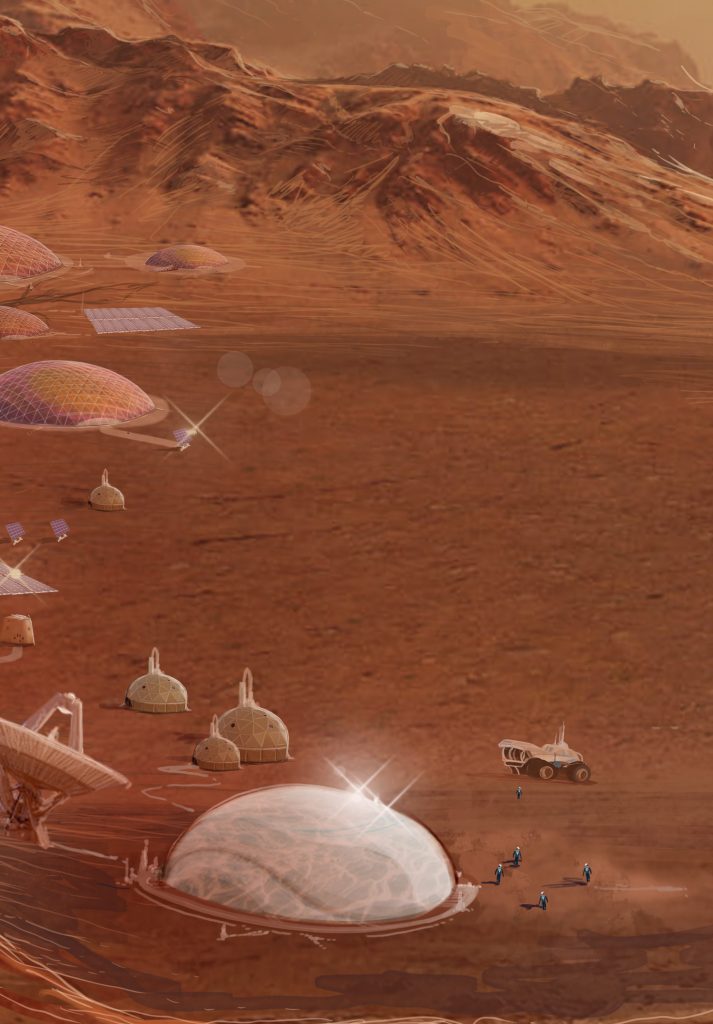Nina’s voice came over the comm system: “Sally, we have a situation here.” Her voice was higher than normal. “Can we open a private channel.” That was all Cas heard. It was enough. Adults in the colony always made it a point to include the children in everything that happened. Conversations were open; secrets were not kept. For Sally and Nina to suddenly talk privately meant that something out of the ordinary had happened. Something bad.
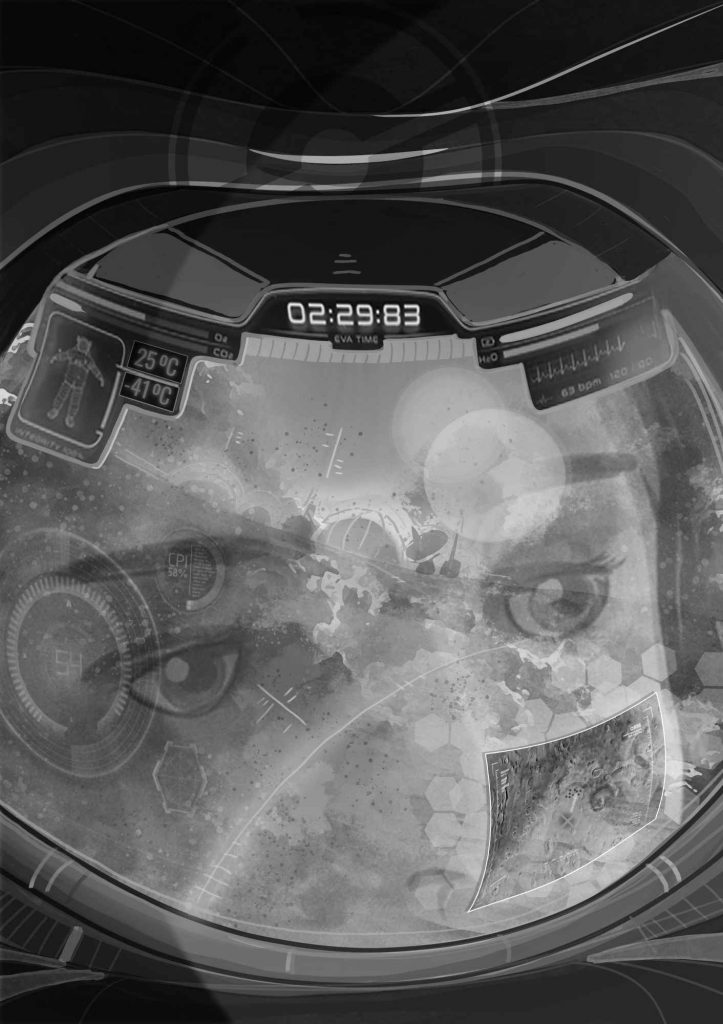
Air: Generation Mars, Book One
Available now: https://www.amazon.com/Air-Generation-Mars…/dp/1733731024
(image: Luis Peres)
